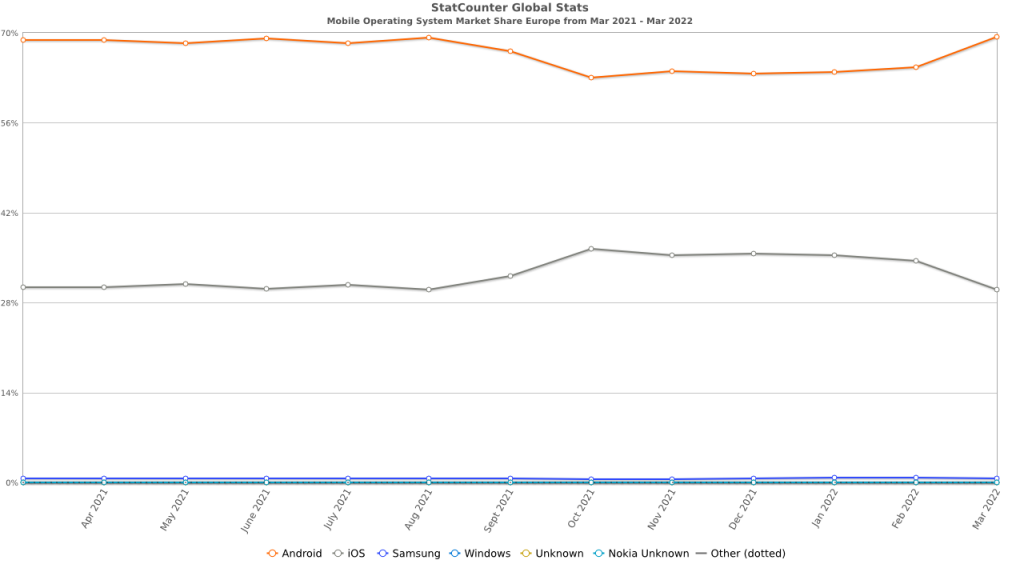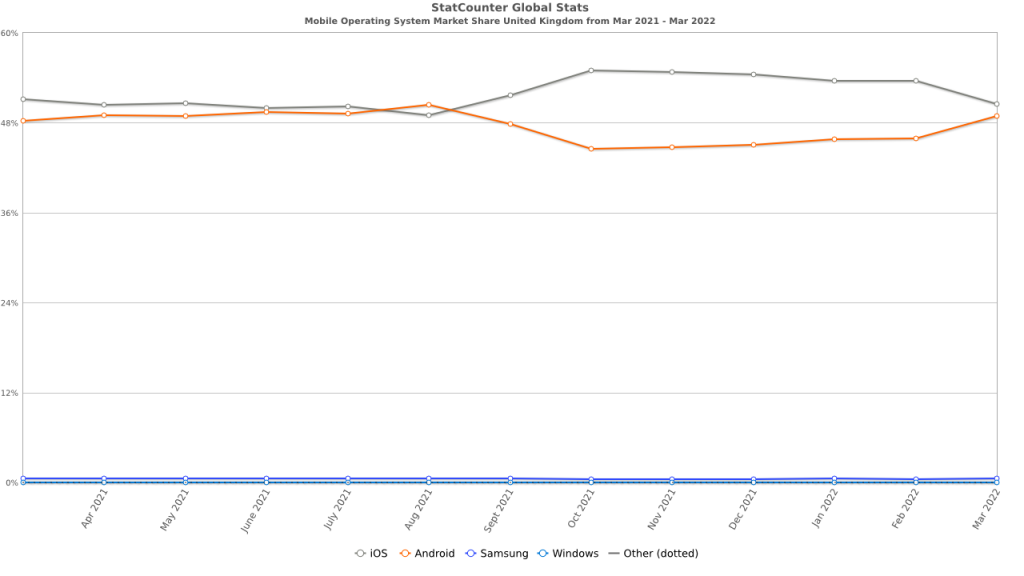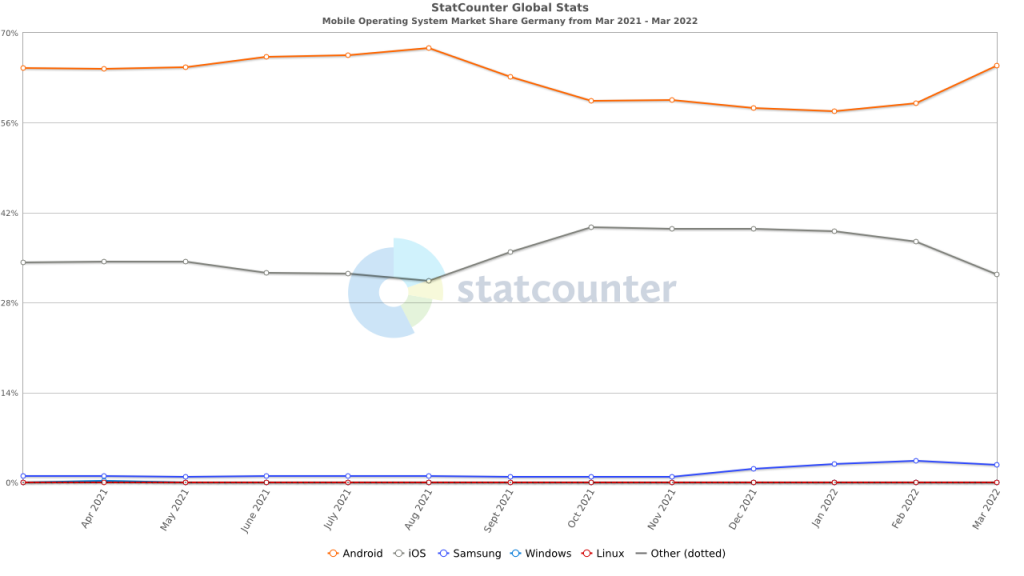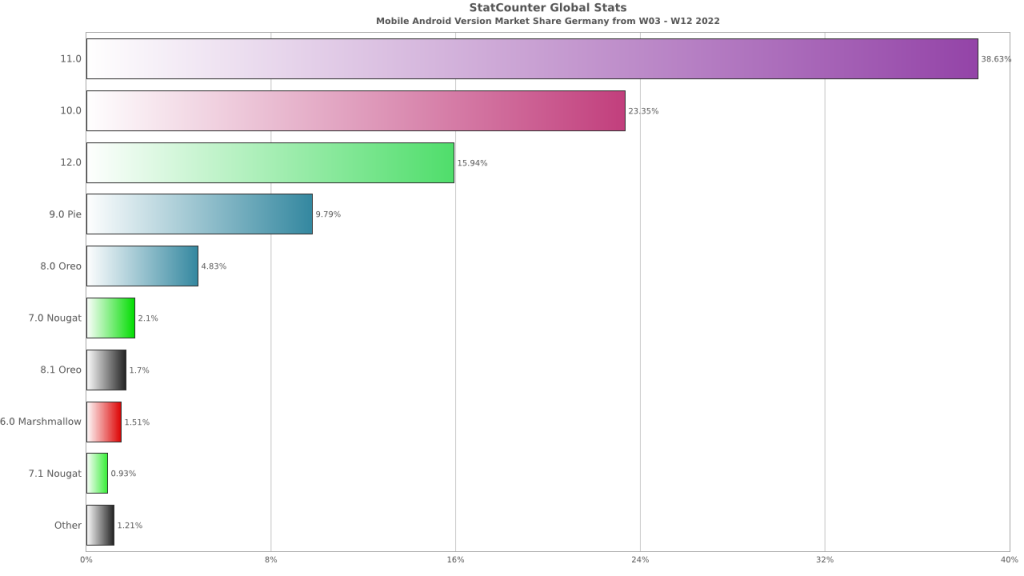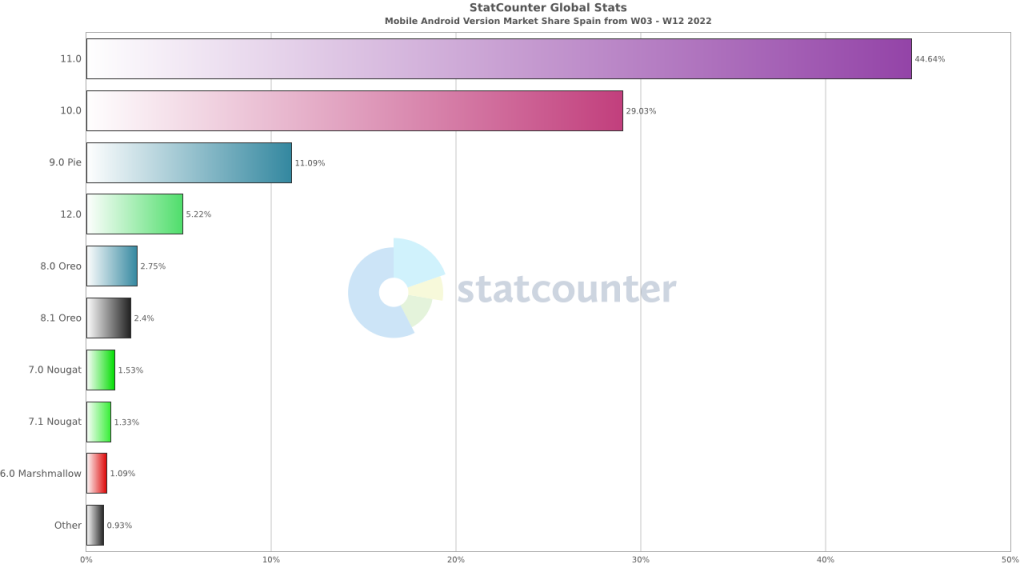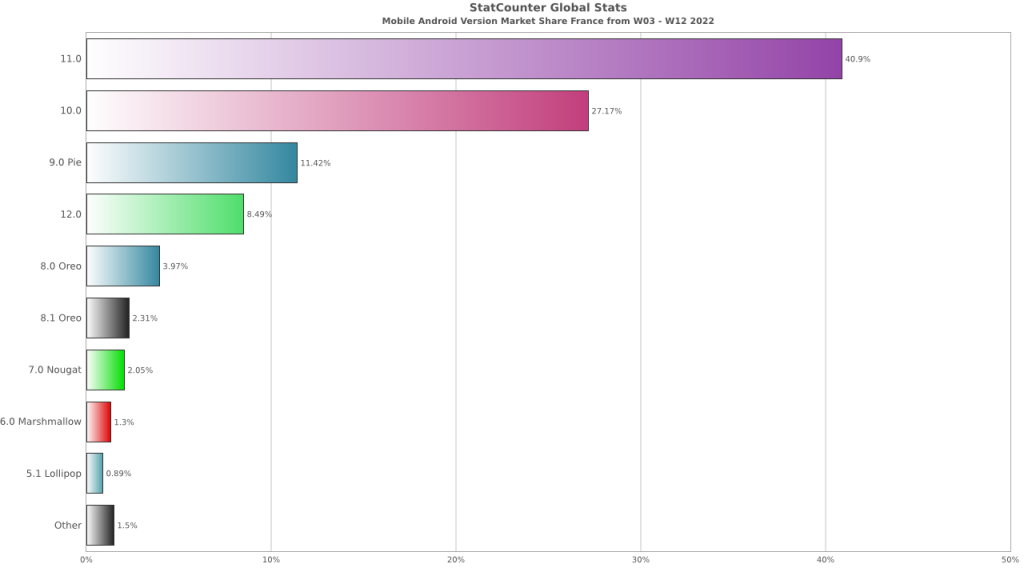Content Delivery Networks (CDNs) have been available for over a decade, with companies leaning on these distributed networks to accelerate the delivery of their content, absorb the load of the peak traffic periods, and help deal with the problem of geography. During my career I have helped companies assess and evaluate CDN solutions so that they understood the performance improvement benefit they would receive for the money they were spending.
But a something bothered me during these evaluations. I felt that companies were rushing into the decision because it was the “right” thing to do, that their site could only get faster if they used a CDN. This rush often left question unasked and unanswered.
In this post, I want to provide 4 questions that you should ask before deploying a CDN, questions that will help you ensure that a CDN is the performance improvement solution you need right now.
Is the performance issues due to slow application components?
If the performance issue can be tracked down to application elements, then a CDN is likely not the immediate starting point for you and your team. If generating dynamic content or database lookups are causing the performance issue, this is on you, in your datacenter.
CDNs do not make slow applications run faster; CDNs move bits to customers faster more efficiently.
[UPDATE: There are now CDN solutions that can move processing to the Edge (see Akamai Edgeworkers)]
How are we measuring page response times?
If you are measuring response times using the load time of the entire page, then you may be inflating your response times by including all of the third-party content that has been included. You may want to set up parallel measurements that allow you to compare the full page with a page measurement that only includes the content you are directly responsible for managing. If you find that third-party content is slowing down your pages, then a CDN can’t help you.
Full page load times only give you one performance perspective. Modern performance measurement teams need to understand how long it takes for a page to be ready and usable for the customer – the perceived rendering or page ready time. What you could discover is that customers can do 90% of what they want on your page well before all of the content fully loads. If this is true, than the perceived load time for your company to determine that a CDN isn’t necessary right now.
[UPDATE: Google’s Web Vitals metrics are an example of how far the industry has evolved since I wrote this post a decade ago. As well, ensure that your organization does not have tunnel vision on a single performance metric!]
Have we done everything to optimize our own performance?
Often companies choose the easy way (CDN) to solve a hard problem (improve performance). Unfortunately, the easy way can be more expensive than taking the time to design pages and content that ensure long-term and sustainable performance. A CDN could mask a bad design until it slows down so much that even the CDN can no longer help.
Measure your page and challenge the devops team to tweak the exiting design until they don’t think they can get any more performance out of it. Then, during your CDN evaluations, set up measurements that compare the performance of origin and CDN delivered pages. You might find that making the pages as fast as you possibly can before purchasing the services of a CDN make the difference between the origin and CDN times less dramatic than they would have been before optimization.
[UPDATE: I have been doing web performance for 23 years and organizations are still challenged with the design and implementation of performant web applications before they reach the CDN. If the median TTFB for key pages is greater than 500ms, start there.]
Can we effectively estimate if the CDN cost will be offset by an increase in revenue?
CDNs don’t come cheap, so choosing to deploy a CDN better pay for itself over time. Challenge the CDNs you are evaluating to present you with ROI calculations that show how their service more than pays for itself and case studies (or customers) that prove that the cost of the CDN was offset by a business metric that can be easily tracked.
Summary
Don’t misunderstand the questions I am posing here: I am still a strong advocate for the use of CDNs. However, the days of companies simply purchasing the services of a CDN because it’s the “right thing to do” are long over.
As companies evolve their perspective on web and mobile performance, they need to ensure they have done everything they can to make their own applications faster. Once the hard work of tuning and optimization is complete, the process of choosing a CDN must include deeper, more probing questions about the performance and business benefits that come along with the service.
